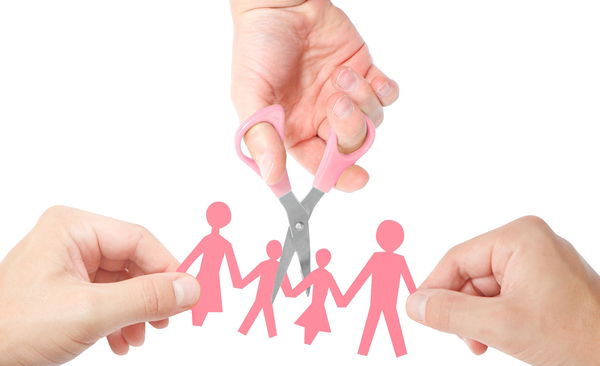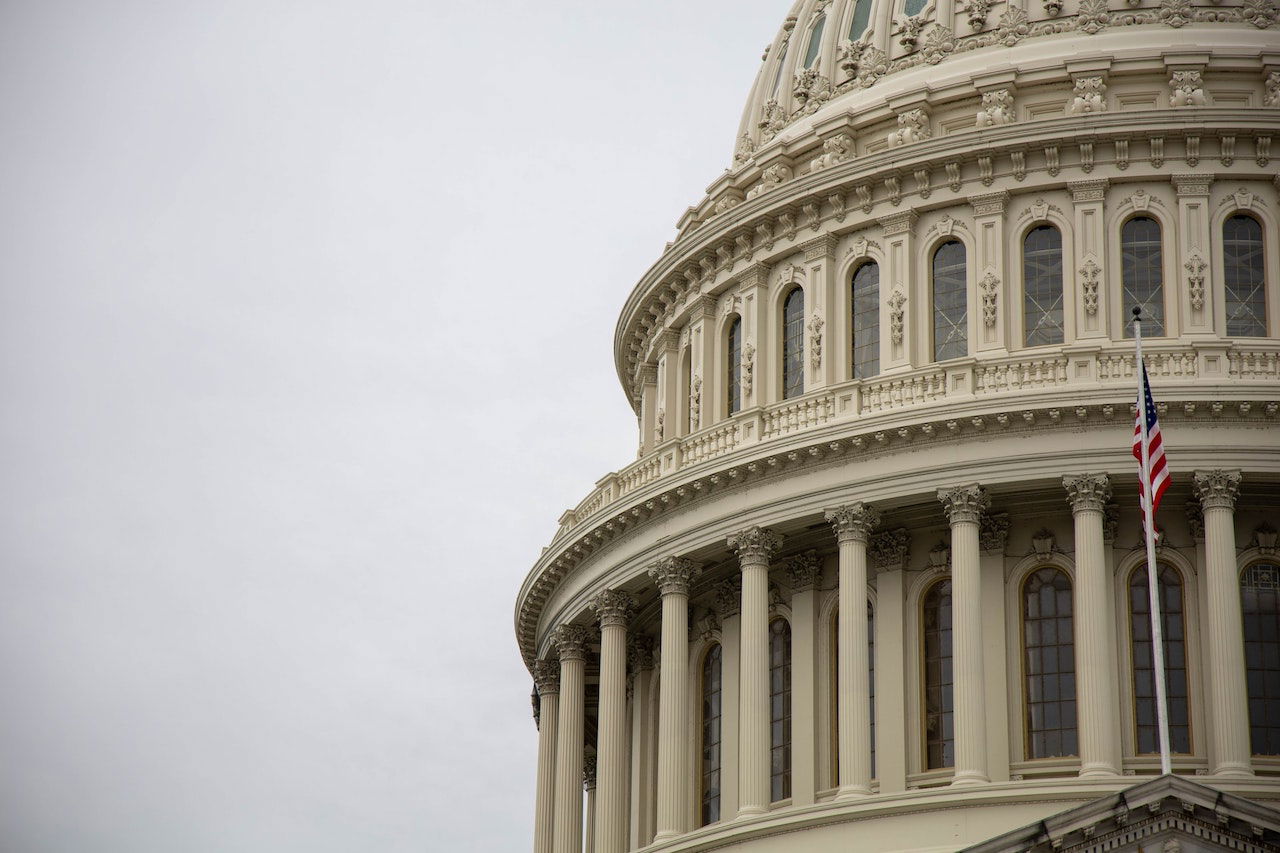Highlights
"I continue to be amazed by the trajectory difference between my married versus unmarried friends,” a University of Virginia graduate student from Arkansas recently wrote to Brad Wilcox. “I keep thinking of my high-school classmates who are basically trapped by Medicaid and other income-based programs, never to get married.”
He is on to something, and research backs him up. This country’s public policies — especially our tax and welfare policies — often penalize marriage, locking couples out of marriage and trapping too many people in poverty. In fact, marriage penalties, which generally fall hardest on working-class families in the lower half of our income distribution, can end up robbing working-class families of between 10 percent and 30 percent of their real income. One study found that a working-class couple with two children in Arkansas stood to lose 32 percent of their real income if they married.
Not surprisingly, these penalties seem to play a role in fueling working-class Americans’ retreat from marriage that we have seen play out over the past three decades. In recent years, for instance, a majority of children born to working-class parents have been born outside of marriage, whereas the vast majority of upper–middle-class parents continue to have children in marriage.
In 2017, members of Congress had the right idea in attempting to eliminate marriage penalties in the tax code. Unfortunately, they were only partly successful, as their efforts ended up focusing on income taxes that affect Americans in the upper half of the income distribution. They failed to touch any of the marriage penalties in the means-tested policies that most affect working-class families.
Take the earned-income tax credit, one of our nation’s three biggest welfare programs in terms of both participation and cost. Dispensing $62.9 billion in benefits to 25.4 million tax filers in 2019, for an average benefit of $2,470 per family, the EITC often ends up penalizing marriage among working-class couples.
Continue reading at National Review . . .













